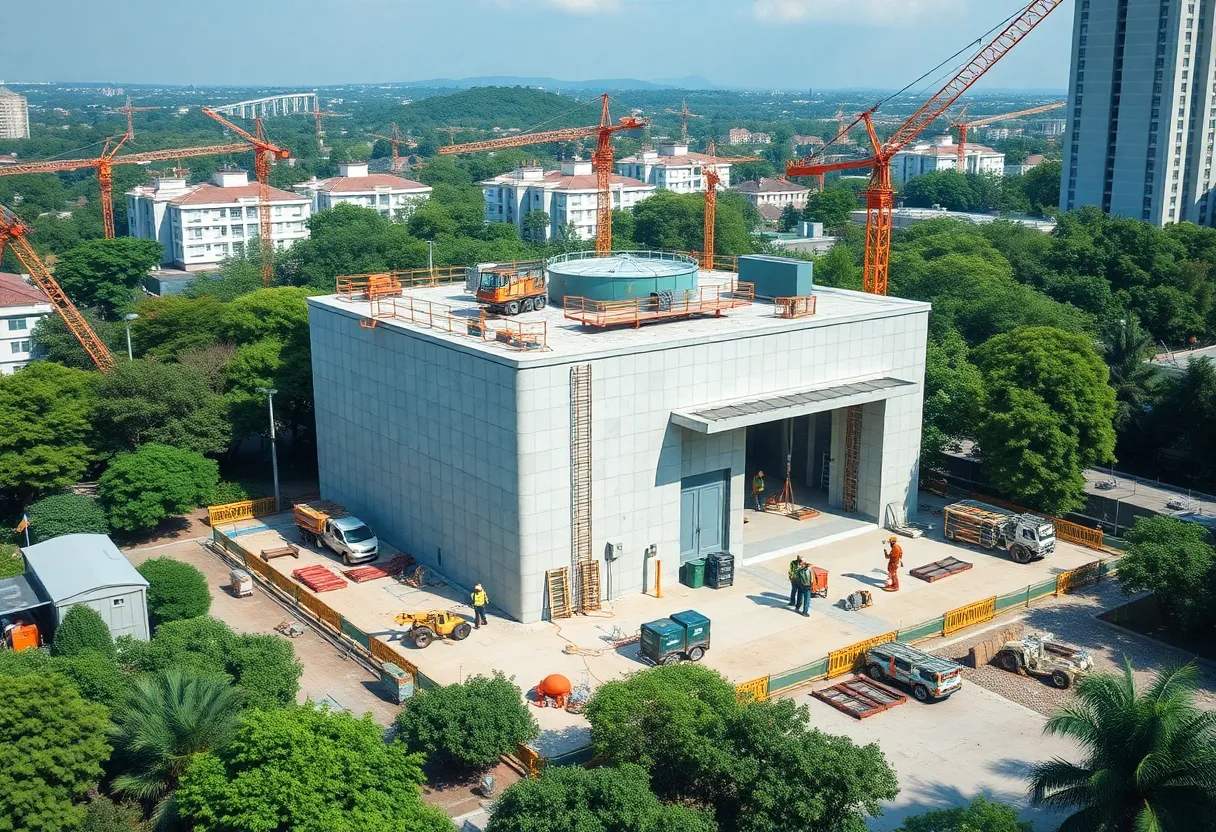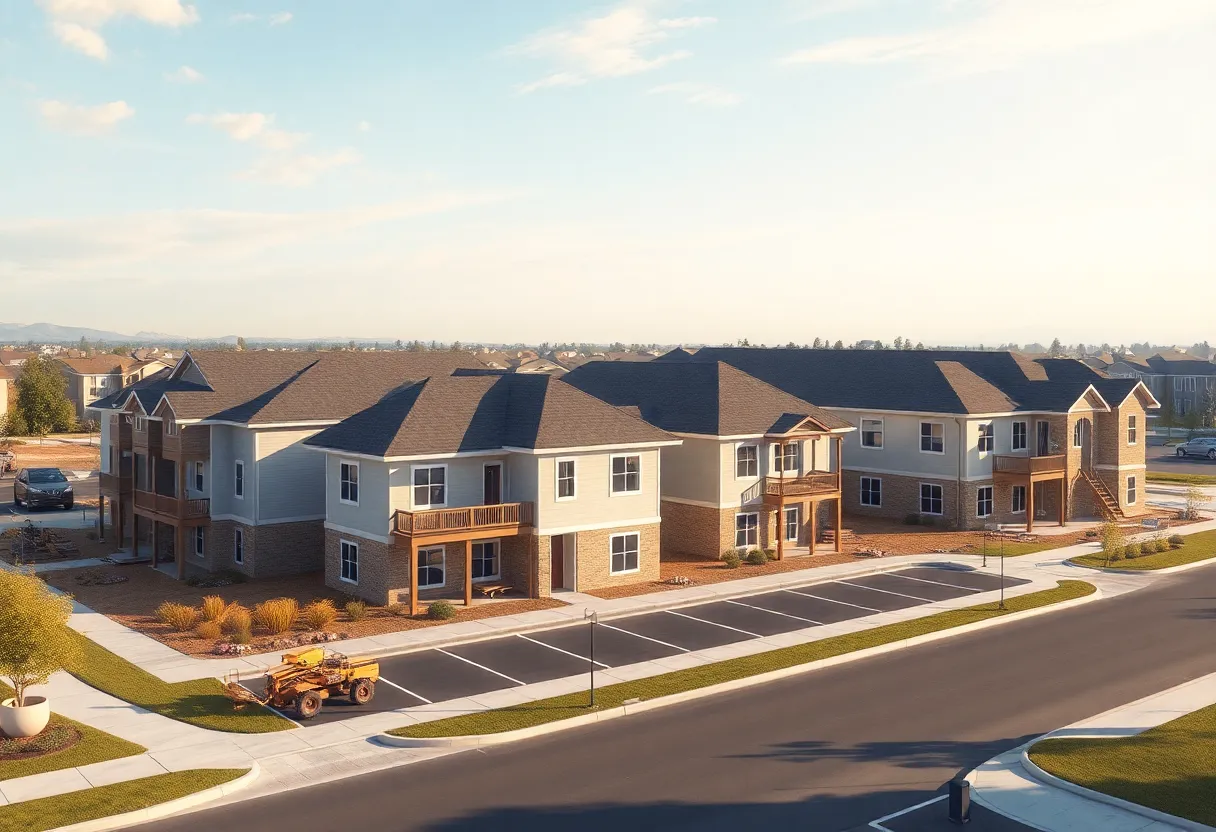Turkey, August 28, 2025
News Summary
In a significant move to enhance civilian safety amidst rising geopolitical tensions, the Turkish government has initiated a comprehensive bunker construction program across all provinces. This initiative aims to create modern infrastructure for emergency shelters, particularly in urban areas, ensuring quick access for citizens during potential crises. Updated regulations will facilitate the development of these bunkers, which draw inspiration from successful systems in other countries. The program reflects Turkey’s commitment to improving citizen safety and readiness in uncertain times and is overseen by the national mass housing administration.
Türkiye launches nationwide bunker construction program to enhance civilian safety amid geopolitical tensions
The government has announced a nationwide bunker construction program spanning all 81 provinces with the aim of improving civilian safety in the face of ongoing geopolitical tensions. Officials say the project seeks to provide easily accessible safe areas in major metropolitan centers and to install modern infrastructure that meets current safety standards. The launch follows formal recommendations from the National Intelligence Academy to reduce civilian casualties in potential conflict situations.
Part of the plan involves placing bunkers beneath national gardens and distributing them across various locations throughout the country. The initiative envisions a network of durable shelters designed for rapid access during emergencies, with the promise of reliable protection in disasters and crises. The program also addresses urban resilience by ensuring that bunkers are readily reachable from surrounding neighborhoods and transit hubs.
A central aspect of the rollout is a comprehensive update to the regulations governing emergency bunkers. The country currently operates under the Bunker Regulation, which has been in force since 1987. The regulation sets a baseline requirement of at least 1 square meter of net bunker space per person, calculated based on four people per independent unit. For accommodation facilities such as dormitories, barracks, hotels, and hospitals, the calculation adds a 20 percent increase over the number of beds specified in the approved architectural project. Officials emphasize that these standards are intended to ensure adequacy and quick access under duress.
Despite these rules, enforcement of bunker requirements has historically been lax, with many designated bunker areas repurposed as parking spaces or storage facilities rather than being maintained for emergency use. The current push seeks to rectify this by mandating bunkers that are easier to access during emergencies and built to endure a range of potential disaster scenarios.
The nationwide program targets urban centers, creating a network of shelters that citizens can use to seek protection promptly during crises. To inform Turkish practice, a comprehensive study examined international examples, focusing on bunker systems in
In a formal decision, the cabinet designated TOKI, the national mass housing administration, as responsible for constructing bunkers across the nation. Construction work has already begun in several cities, with Ankara identified as a priority location. The project is coordinated by the Ministry of Environment, Urbanization, and Climate Change, which leads the nationwide study on bunker infrastructure. Government assessments have concluded that Türkiye’s current shelter infrastructure falls short of what would be needed to protect civilians in the event of war or large-scale disasters.
Beyond updating standards, officials note that the Shelter Regulation has historically required bunkers in certain building sizes but has often been ignored in practice. The new approach emphasizes enforceable requirements, clearer implementation timelines, and practical protection for residents in densely populated areas.
Scope of work and regulatory context
The program ties together regulatory modernization, urban safety planning, and near-term construction. The effort aligns with a broader objective to increase civilian safety across Türkiye’s regions by providing reliable shelters that can be activated quickly in emergencies. Officials stress that bunkers will be designed to withstand a range of emergency scenarios and to remain accessible even during severe disruptions in transportation and utilities.
Implementation and timeline context
With construction already underway in several cities, Ankara stands as a focal point in the early phase of the program. The nationwide effort is framed as a long-term initiative intended to deliver durable, easy-to-use shelters that meet contemporary safety standards while integrating into the country’s urban fabric. The project seeks to balance rapid deployment with long-term maintenance, ensuring bunkers remain functional and ready for use when needed.
Officials emphasize that the bunkers will function as a protective layer within Türkiye’s broader crisis response framework. By combining updated regulation, centralized management, and a clear construction plan, the initiative aims to bolster public confidence and resilience in the face of potential security challenges or disasters.
Frequently Asked Questions
- What is the main objective of the nationwide bunker program?
- The program aims to improve civilian safety by creating easily accessible, durable bunkers across all provinces to be used during emergencies and crises.
- How many provinces are covered by the program?
- The initiative covers all 81 provinces, with construction and planning coordinated to ensure nationwide coverage.
- What are the basic space requirements for bunkers?
- Under the current framework, bunkers must provide at least 1 square meter of net bunker space per person, calculated based on four people per independent unit. Accommodation facilities require 20 percent more space than the stated bed count in approved projects.
- Who is responsible for building the bunkers?
- The cabinet has designated TOKI, the national mass housing administration, to oversee bunker construction nationwide.
- When did construction begin?
- Construction has begun in several cities, with Ankara identified as a priority location in the early phase.
- Which agencies are involved in studying and guiding the project?
- The Ministry of Environment, Urbanization, and Climate Change leads the study of bunker infrastructure, with input from the National Intelligence Academy and other government bodies.
- Why are bunkers being added now?
- Officials cite gaps in current shelter infrastructure and a need to provide reliable protection for civilians during potential wars or large-scale disasters.
Key features chart
Deeper Dive: News & Info About This Topic
Additional Resources
- Türkiye Plans Bunker Expansion Beneath Public Parks
- Wikipedia: Bunker
- Türkiye Begins Nationwide Bunker Construction
- Google Search: bunker construction Turkey
- Turkey Begins Building Shelters in Every Province
- Google Scholar: Turkey bunker construction
- Turkey Unveils New Bunker Buster Bomb
- Encyclopedia Britannica: bunker buster bomb
- Turkey Unveils First Indigenous Bunker Buster
- Google News: Turkey bunker buster





